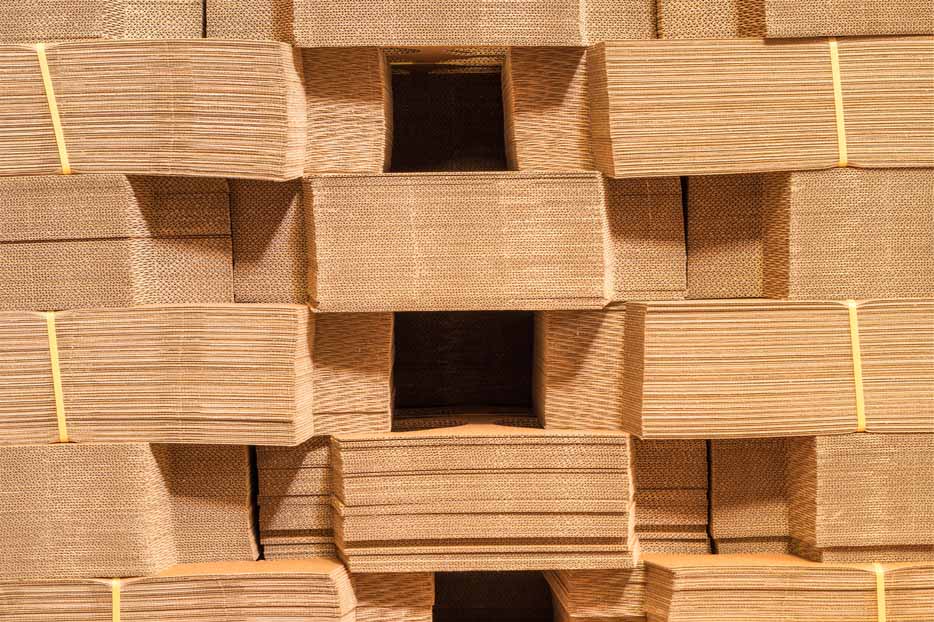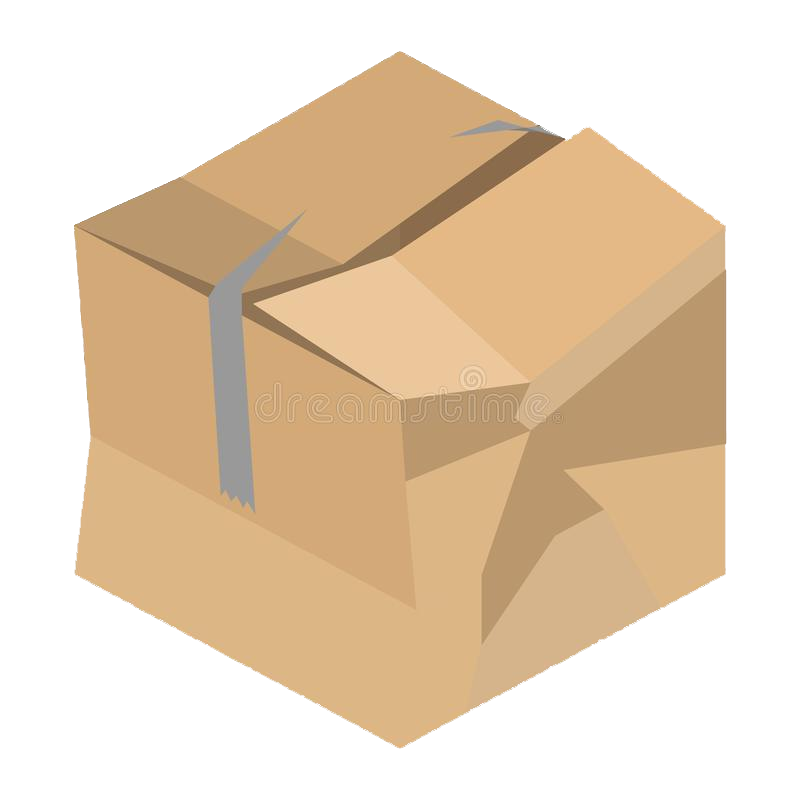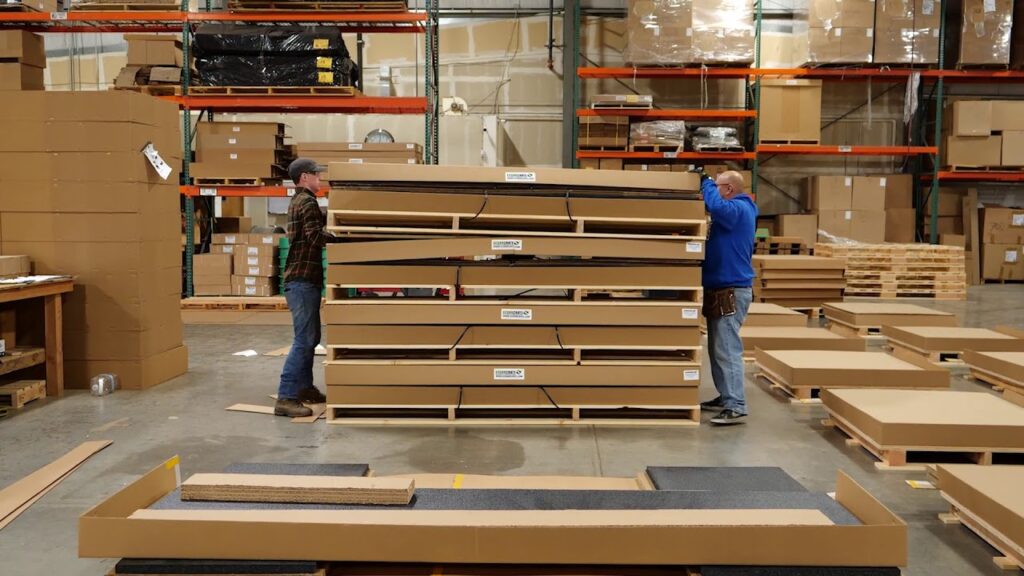Understanding cartons can make or break your product – literally – by the time it gets to your customer’s door. For instance, recycled corrugate is not created equally, and there are several ways to determine what kind of box you need besides the actual carton type. Depending on the application companies can save money when it comes to changing the way their box is configured or even manufactured (for custom cartons). Check out our top 4 points when looking into corrugated boxes.
Strength
The strength of a corrugated box starts with its material. A corrugated sheet consists of two major components – linerboard and medium. Linerboard is the flat paper that covers both sides of the sheet and the medium is the “fluted” or arched paper found between both liners. The flute, when anchored to the linerboards with a starched based adhesive, resists bending and pressure from all directions. When placed vertically on its ends, the flutes form vertical columns, capable of supporting considerable amounts of weight.
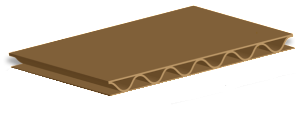
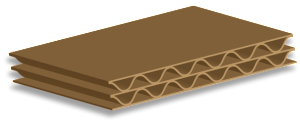
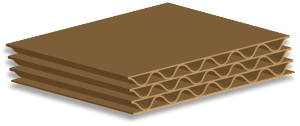
Material
The amount of virgin pulp fibers and the length of those fibers in a corrugated sheet substantially contribute to box strength. For example, the difference between a 200# test box and a 275# test box is that the latter has more pulp fibers in its corrugated linerboard. The 200# test box is rated to hold up to 65 lbs. of contents while the 275# box can hold up to 95 lbs. A 350# test box is rated to hold up to 120 lbs. of contents.
Flute
Flutes come in five basic heights and shapes – the most common are “B-Flute”(used for die-cut boxes) and “C-Flute” (used for RSCs – regular slotted cartons and the most common of carton types). B-flute is compressed and appears thinner, but don’t be fooled. It is made with more paper to provide stronger side wall protection from blows and punctures during shipping.

C-flute is taller, with more air space, but offers enhanced stacking strength. For excellent graphic reproduction, consider E-flute because of its smooth surface and ability to hold up well during printing.
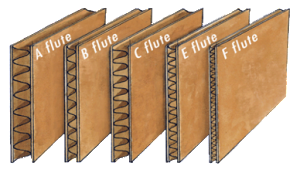
Measurements
Measure a box using the inner dimensions of an assembled box – Length (L) x Width (W) x Depth (D). Looking at an assembled box, the longer of the two sides is considered the length, the shorter of the two sides is the width, and the side perpendicular to the length and width is the depth of the box.
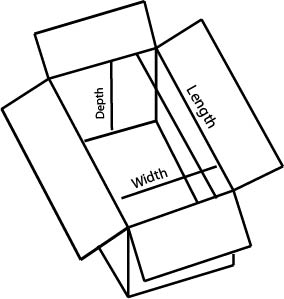
The “Manufacturer’s Joint” is where the two ends of the side panels meet to form the box. At that point, the panels are fastened together with tape, staples (double or triple wall) or glue (single wall). This description applies to regular slotted shipping cartons (RSCs). The side panel thickness and content weight determine the type of seal used for the manufacturer’s joint.
Right-sizing your package is even easier nowadays with multiple, competitive options for custom and stock sized boxes. We offer thousands of stock sizes and have relationships with several custom corrugate manufacturers which can decrease the amount of cartons you need to order – usually minimums start at 15 – 25 per size. Browse cartons now!
Looking to take your cartons to the next level? Consider custom printing or custom printed tape to give your brand that wow factor when it hits doorsteps. Printing plates and die-cut charges don’t have to break the bank for mid-size and up companies. Not sure if your box usage would meet the minimum? Just ask us. Quotes are free!


